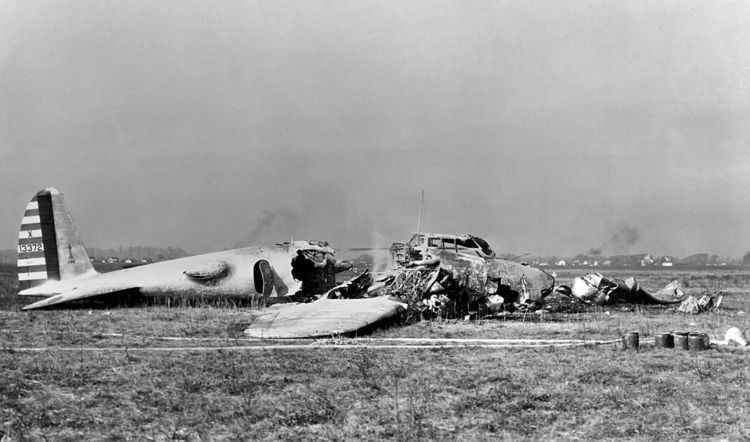 | ||
This is a partial list of accidents and incidents involving the Boeing-designed B-17 Flying Fortress. Combat losses are not included except for a very few cases denoted by singular circumstances. A few documented drone attrition cases are also included.
Contents
Aircraft were constructed by a three firm consortium, Boeing, Vega and Douglas, known by the acronym BVD. Boeing built airframes at their plant in Seattle, Washington and their production models were appended -BO. Douglas Aircraft Company constructed airframes at Long Beach, California with a -DL suffix. The Vega Aircraft Corporation, a subsidiary of the Lockheed Aircraft Company, at Burbank, California, delivered airframes with the -VE suffix.
1930s
1940s
1950s
1960s
1970s
1980s
2010s
References
Accidents and incidents involving the Boeing B-17 Flying Fortress Wikipedia(Text) CC BY-SA
